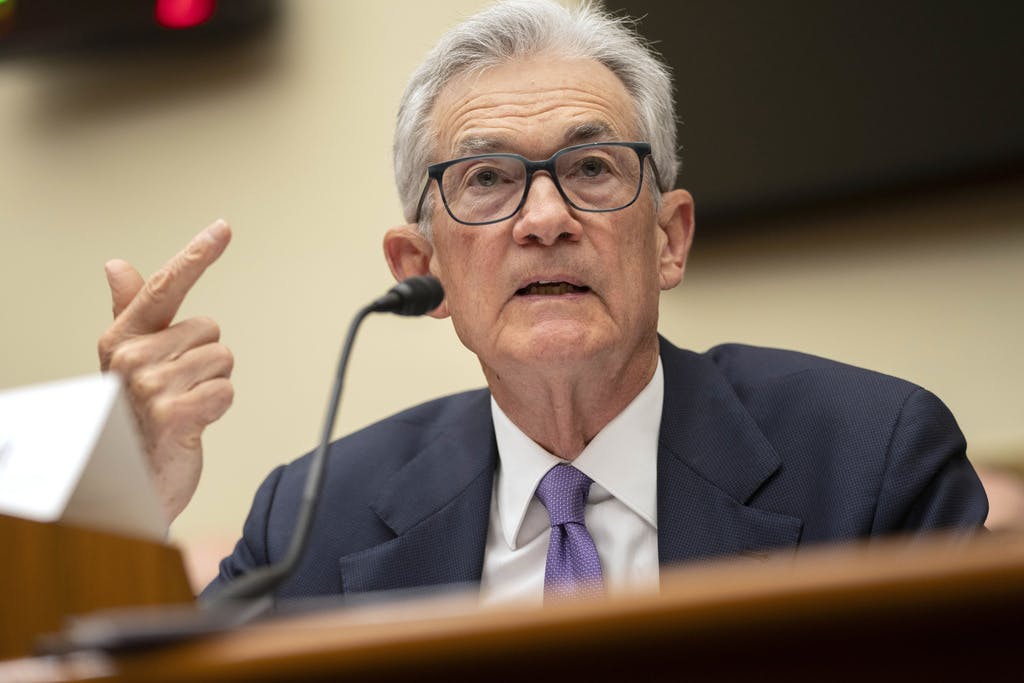Inflation Up in March by 3.5 Percent, as Elevated Price Pressures Put Fed’s Rate Cut Schedule in Doubt
The figures will likely disappoint the White House, as Republican critics of President Biden pin the blame for high prices on the president and use it as a cudgel to derail his re-election bid.

WASHINGTON — Consumer price increases rose 3.5 percent in March over the prior year, boosted by gas, rents, and car insurance, the government said Wednesday in a report that will likely give pause to the Federal Reserve as it weighs when and by how much to cut interest rates this year.
Prices outside the volatile food and energy categories rose 0.4 percent in March from February, the same accelerated pace as in the previous month.
Measured from a year earlier, these core prices were up 3.8 percent, unchanged from the year-over-year rise in February. The Fed closely tracks core prices because they tend to provide a good read of where inflation is headed.
The March figures, the third straight month of inflation readings well above the Fed’s 2 percent target, threaten to torpedo the prospect of multiple interest rate cuts this year.
Fed officials have recently made clear that with the economy healthy, they’re in no rush to cut their benchmark rate despite their earlier projections that they would reduce rates three times this year.
The figures will likely disappoint the White House as well, with Republican critics of President Biden seeking to pin the blame for high prices on the president and use it as a cudgel to derail his re-election bid.
Polls show that despite a healthy job market, a near-record-high stock market and the steady drop in inflation, many Americans blame Mr. Biden for high prices.
The Fed chairman, Jerome Powell, has stressed that the Fed’s policymakers need more confidence that inflation is steadily slowing to the Fed’s 2 percent target.
Mr. Powell’s stance has elevated the profile of the monthly inflation reports, which could determine when and by how much — or even whether — the Fed will reduce its key rate this year.
Rate cuts would lead, over time, to lower borrowing costs for businesses and consumers and could also fuel a stock market rally.
Overall consumer prices rose 0.4 percent between February and March, also the same as the previous month. Compared with 12 months earlier, the 3.5 percent price increase was higher than 3.2 percent jump in February.
The inflation surge that followed the pandemic jacked up the costs of food, gas, rent and many other items. Though inflation has since plummeted from its peak of 9.1 percent in June 2022, average prices are still well above where they were before the pandemic.
Associated Press
